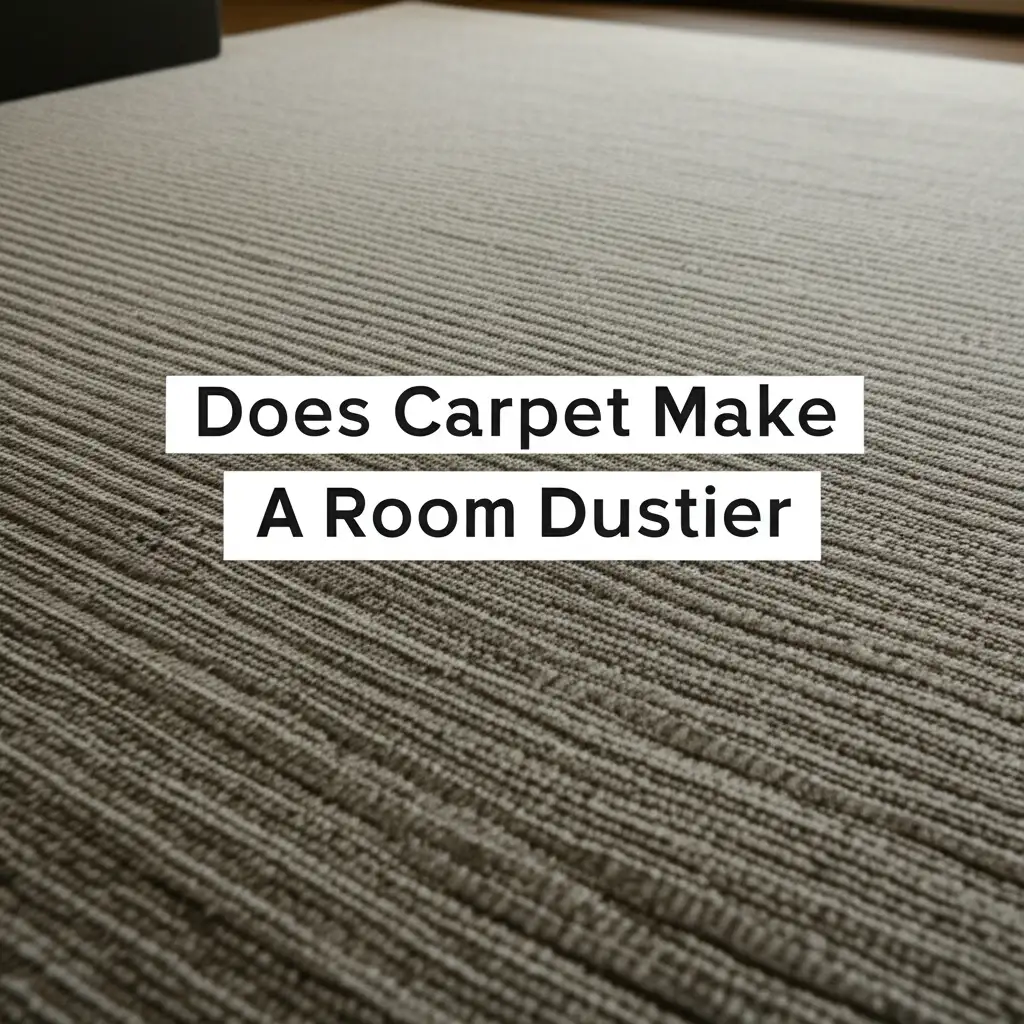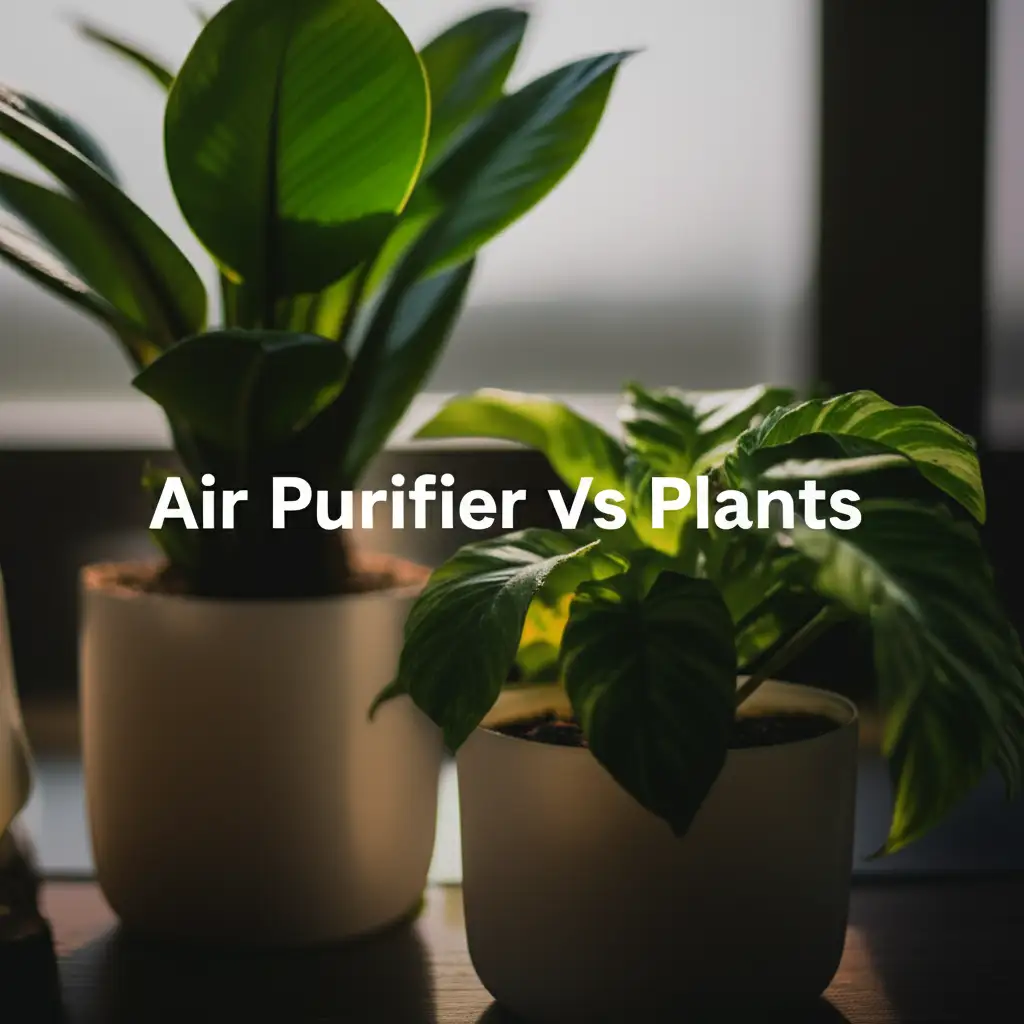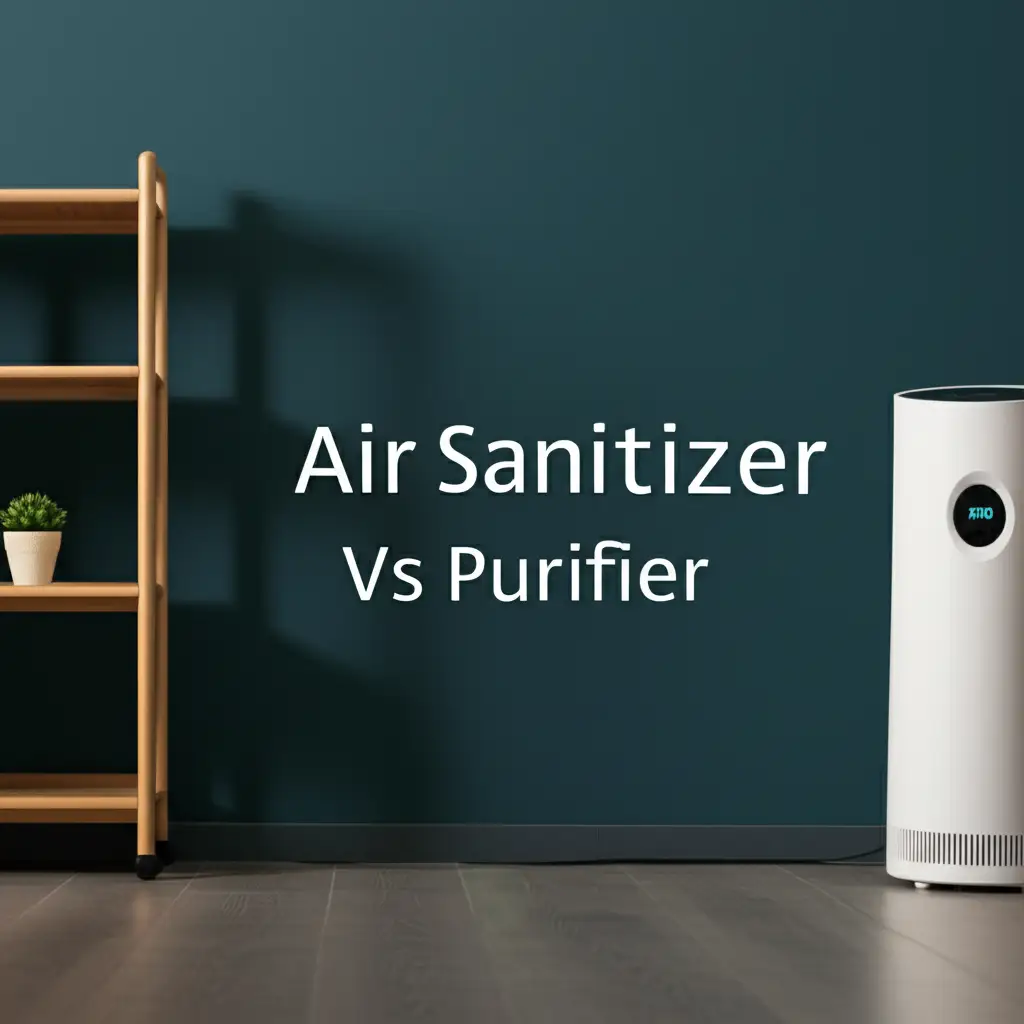· Mason Everett · Indoor Air Quality · 20 min read
Does Carpet Make A Room Dustier

Does Carpet Make A Room Dustier? Unveiling the Truth
Have you ever wondered if the cozy carpet under your feet contributes to more dust in your home? It is a common question. Many people believe carpets attract dust and make rooms feel dirtier. This perception often leads to debates about carpet versus hard flooring.
Understanding how carpets interact with household dust is important. Dust is a constant presence in any home, regardless of flooring type. Carpets play a unique role in managing these airborne particles. This article will explore the science behind dust accumulation and carpets. We will cover what dust is, how carpets affect indoor air quality, and the best ways to keep your home clean. You will learn actionable tips to reduce dust. We will also discuss alternatives to carpeting.
Takeaway
- Carpets can trap dust, preventing it from recirculating in the air, acting as a filter.
- Proper and regular cleaning, including vacuuming and deep cleaning, is essential to manage dust in carpeted rooms.
- The overall cleanliness of your home, not just the flooring type, determines dust levels.
Does Carpet Make A Room Dustier? The Concise Answer
No, not necessarily. Carpets act as a filter, trapping dust particles and allergens within their fibers. This prevents these particles from becoming airborne and circulating freely in the room. Hard surfaces, by contrast, allow dust to settle and become easily re-suspended with airflow or movement.
Understanding Household Dust: What is it, Really?
Household dust is more than just visible specks on surfaces. It is a complex mixture of tiny particles. These particles come from various sources inside and outside your home. Understanding its composition helps us manage it better.
Dust primarily consists of dead skin cells from people and pets. It also includes fabric fibers from clothes, furniture, and, of course, carpets themselves. Outdoor pollutants like pollen, mold spores, and soil particles enter through open windows and doors. Insects and their waste also contribute to the dust found in our homes. Even microscopic bits of food and cooking residue become part of this mixture. This diverse makeup means dust is not just dirt; it often contains allergens and irritants. We must address this mixture for better indoor air quality.
The Components of Common Household Dust
When we talk about dust, we are talking about a microscopic ecosystem. Our skin sheds millions of cells daily, making up a significant portion. Pet dander, tiny flakes of skin from animals, adds to the mix. These are common allergens for many people. Plant pollen floats in from outside during certain seasons. Mold spores can also be present, especially in humid environments.
Soil and sand particles get tracked in on shoes. Vehicle exhaust and industrial pollutants enter from the outside air. All these tiny bits combine to form what we call dust. This mixture settles on surfaces, including floors and furniture. The presence of these varied components means dust affects everyone differently. Some people experience allergic reactions. Others notice general irritation. Knowing what dust is made of is the first step in effective dust control.
How Carpets Interact with Dust and Allergens
Carpets have a unique relationship with dust. Unlike hard flooring, carpet fibers can capture and hold dust particles. This characteristic can be both a benefit and a challenge. When dust settles on a hard floor, it stays on the surface. Any air movement, like walking or a fan, can easily stir it back into the air. This makes the dust airborne again. Airborne dust can be inhaled, potentially causing respiratory irritation.
Carpets, however, trap these particles within their pile. The fibers act like a filter. They hold onto dust, pet dander, and pollen. This process prevents these allergens from recirculating in the air. This can lead to improved indoor air quality, at least temporarily. The dust remains hidden until disturbed or vacuumed. It does not disappear; it just changes location. The key is how you manage the trapped dust.
The “Filter” Effect: Trapping Dust Particles
Think of your carpet as a large, flat air filter. When dust settles, the carpet fibers catch it. This trapping mechanism is quite effective. It keeps dust from floating freely in your breathing space. For individuals with allergies or asthma, this can be beneficial. Fewer airborne particles mean fewer triggers for their conditions. Hard surfaces, conversely, offer no such trapping mechanism. Dust on hard floors is easily re-suspended.
Regular vacuuming is necessary for this filter effect to work. If you do not vacuum, the carpet eventually fills up with dust. Then, movement can release the trapped particles back into the air. This is why some people associate carpets with dustiness. It is not the carpet itself making dust; it is the accumulation and re-release if not properly cleaned. A well-maintained carpet can be a friend to your indoor air quality.
When Carpets Release Dust: Understanding the Dynamics
While carpets trap dust, they are not permanent storage containers. The trapped dust can be released back into the air under certain conditions. High foot traffic is a common culprit. Walking, running, or playing on a carpeted floor disturbs the fibers. This disturbance can shake loose the trapped dust particles. They then become airborne again. This is why a room might seem dustier after a lot of activity.
Improper or infrequent cleaning also contributes to dust release. A carpet that is not vacuumed regularly becomes saturated with dust. When the carpet reaches its capacity, it cannot hold more dust. Any new dust, or even old dust, can easily escape. Vacuuming removes the trapped dust. If vacuuming is neglected, the “filter” becomes overloaded. This leads to a higher concentration of airborne particles. Understanding this dynamic is key to managing dust effectively.
Different Carpet Types and Their Dust Retention Properties
Not all carpets are created equal when it comes to dust. The type of fiber, pile height, and construction method all play a role. These factors influence how well a carpet traps dust and how easily it can be cleaned. Some carpet types are better at holding dust quietly. Others may release it more readily.
Understanding these differences helps you choose the right carpet. It also guides your cleaning approach. For instance, short-pile carpets generally release dust more easily than thick, dense carpets. Natural fibers and synthetic fibers also behave differently. Your carpet choice can impact your home’s dust levels. Consider these properties when selecting or maintaining your flooring.
Short Pile vs. High Pile Carpets
The pile height of a carpet significantly affects its dust retention. Short-pile carpets have loops or cut fibers that are low to the backing. Examples include Berber or commercial-grade carpets. These carpets tend to hold less dust within their fibers. Dust sits closer to the surface. This means it can be easier to vacuum up. However, it also means dust can become airborne more easily with movement. The low pile offers less “hiding” space for particles.
High-pile carpets, like shag or frieze, have longer, looser fibers. These carpets can trap a large amount of dust deep within their pile. They act as a very effective filter, holding onto dust quietly. This prevents it from circulating in the air. The challenge with high-pile carpets is cleaning them. It is harder for a vacuum cleaner to reach all the way down. Deep-seated dust can remain, potentially becoming a source of allergens if not thoroughly cleaned. Choosing between these types involves balancing filtration with ease of cleaning.
Natural Fibers vs. Synthetic Fibers
Carpet material also impacts dust interaction. Natural fibers, such as wool or cotton, have scales or open structures. These properties allow them to trap dust effectively. Wool, for example, is known for its excellent filtration capabilities. It can hold a significant amount of dust. This keeps the dust out of the air. However, natural fibers can also absorb moisture. This absorption might create an environment for mold or dust mites if not managed properly. Regular cleaning is crucial. You might find information about specific wool carpet types, such as Does Mohawk make wool carpet, useful for more detail on natural fiber options.
Synthetic fibers, like nylon, polyester, or polypropylene, are smooth. They are less absorbent than natural fibers. This smoothness means dust tends to sit on the surface rather than deep within the fibers. While they still trap dust, they might not hold it as tightly as wool. Synthetic carpets are often easier to clean. Dust and dirt tend to release more readily with vacuuming. They are also less prone to moisture absorption. The choice between natural and synthetic often depends on personal preference, lifestyle, and allergy concerns. Both types require consistent cleaning to manage dust.
The Impact of Carpet on Indoor Air Quality and Health
The presence of carpets in a room can influence indoor air quality. This, in turn, affects the health of occupants. For a long time, carpets were seen as detrimental to air quality. People thought they harbored dust and allergens. However, recent studies suggest a more nuanced view. Carpets can, in fact, help improve air quality by trapping particles. They prevent these particles from becoming airborne.
The key factor is maintenance. A dirty carpet can indeed be a source of allergens. A clean, well-maintained carpet can actually reduce airborne particles. This is especially true compared to hard surfaces where dust easily re-suspends. We will explore how carpets specifically affect individuals with allergies and asthma. Understanding this impact helps us make informed decisions about flooring and home cleanliness.
Carpets, Allergies, and Asthma: What the Science Says
For people with allergies and asthma, carpets present a dilemma. On one hand, carpets trap common allergens like dust mites, pet dander, and pollen. This trapping action can prevent these triggers from circulating freely in the air. Reduced airborne allergens means fewer opportunities for allergic reactions or asthma attacks. Some studies have shown lower airborne allergen levels in carpeted rooms compared to hard-surfaced rooms. This is assuming regular, effective cleaning.
On the other hand, a neglected carpet can become a significant reservoir of allergens. Dust mites thrive in warm, humid environments. They feed on shed skin cells that accumulate in carpets. Their waste products are potent allergens. If the carpet is not vacuumed frequently or deep cleaned, these allergens build up. When disturbed, they can become airborne and trigger symptoms. Therefore, the effect of carpets on allergies and asthma depends heavily on cleaning habits. A clean carpet is generally better for air quality. A dirty carpet is worse.
Volatile Organic Compounds (VOCs) and New Carpets
When a new carpet is installed, it can release Volatile Organic Compounds (VOCs). VOCs are gases emitted from certain solids or liquids. They can contribute to poor indoor air quality. New carpet smell is often due to these VOCs. Common VOCs found in carpets include 4-phenylcyclohexene (4-PCH), styrene, formaldehyde, and various solvents. These compounds can cause respiratory irritation. They may also trigger headaches or nausea in sensitive individuals. Off-gassing, as this process is called, typically subsides over a few days or weeks.
To minimize VOC exposure, choose carpets with low-VOC emissions. Look for certifications like Green Label Plus from the Carpet and Rug Institute (CRI). Ensure good ventilation during and after installation. Keep windows open. Use fans to circulate fresh air. This helps dissipate the VOCs more quickly. While VOCs are a concern with new carpets, their impact is usually temporary. They are a different issue from dust and allergens.
Effective Carpet Cleaning Strategies to Reduce Dust
Maintaining a clean carpet is crucial for managing dust. Proper cleaning ensures that carpets effectively trap and hold dust. It also prevents the re-release of accumulated particles. A good cleaning routine reduces airborne dust and improves indoor air quality. It helps your carpets function as beneficial filters.
Several strategies contribute to effective carpet dust control. Regular vacuuming is the cornerstone. However, deep cleaning methods are also important for removing embedded dirt. Understanding the right tools and techniques makes a big difference. We will cover daily, weekly, and periodic cleaning tasks. Implementing these strategies helps keep your carpet clean and your home dust-free.
Regular Vacuuming: Your First Line of Defense
Regular vacuuming is the most important step in controlling dust in carpeted rooms. It prevents dust from accumulating and becoming too embedded. I make it a point to vacuum my carpeted areas at least twice a week. For high-traffic areas, daily vacuuming is even better. Use a vacuum cleaner with strong suction and a HEPA filter. A HEPA filter captures very fine particles. This prevents them from being exhausted back into the air. Ensure your vacuum has a rotating brush or beater bar. This feature helps agitate the carpet fibers. It lifts embedded dust and dirt to the surface.
Vacuum slowly and in multiple directions. This allows the vacuum to pick up more debris. Do not just skim the surface. Overlapping passes ensures thorough cleaning. Pay special attention to edges and areas under furniture. These spots often collect more dust. Regularly empty the vacuum canister or change the bag. A full bag or canister reduces suction power. Regular vacuuming is a simple habit. It significantly reduces dust levels in your home. It keeps your carpet performing as an air filter.
Deep Cleaning Methods: Steaming and Shampooing
Beyond regular vacuuming, deep cleaning is essential for carpets. It removes deeply embedded dirt and allergens. Steam cleaning, also known as hot water extraction, uses hot water and cleaning solutions. The solution is injected into the carpet under pressure. Then, a powerful vacuum extracts the water along with dirt and grime. Many people wonder, Does steaming a carpet clean it? Yes, it is very effective for deep cleaning. It removes allergens, dust mites, and odors. Ensure the carpet dries completely afterward. This prevents mold growth.
Carpet shampooing involves applying a foamy cleaner to the carpet. The cleaner is then agitated into the fibers with a brush. After it dries, the residue, along with the dirt, is vacuumed away. This method can leave a residue if not done properly. This residue can attract dirt over time. Professional cleaning is often the best option for deep cleaning. They have powerful equipment and experience. They ensure thorough cleaning and proper drying. Knowing how much does carpet shampooing cost can help you budget for professional services. Aim for deep cleaning at least once a year. For homes with pets, allergies, or high traffic, do it more often.
Maintaining Carpet Health and Longevity
Proper carpet care goes beyond just removing dust. It involves practices that extend the life of your carpet. Preventing damage helps maintain its ability to trap dust effectively. Use doormats at all entrances. This simple step traps dirt and debris before it enters your home. Remove shoes indoors whenever possible. Shoes track in a significant amount of outdoor pollutants and dirt.
Address spills immediately. Blot, do not rub, to prevent stains from setting. Use appropriate cleaning solutions for your carpet type. Rotate furniture occasionally. This prevents excessive wear in specific areas. Consider professional stain protection treatments. These create a barrier against spills. For wall-to-wall carpets, ensure they are properly installed and maintained. Knowing how to keep a carpet down ensures it performs its best. Proper installation prevents buckling or shifting. This can create trip hazards and affect dust trapping. Regular maintenance ensures your carpet looks good and functions well for years.
Alternatives to Carpeting for Dust Reduction
While carpets can manage dust effectively with proper care, some people prefer alternatives. Hard surface flooring is a popular choice for those concerned about dust and allergens. These surfaces do not trap dust in the same way carpets do. Dust settles on top, making it visible and easy to clean.
However, hard floors also have their own set of dust challenges. Dust can be easily stirred up and circulated. We will explore various hard flooring options. We will discuss their pros and cons regarding dust management. Understanding these alternatives helps you choose the best flooring for your home. Your decision should align with your lifestyle and dust control goals.
Hardwood and Laminate Flooring
Hardwood floors are classic and durable. They are a popular choice for many homes. Laminate flooring offers a similar look at a lower cost. Both are hard surfaces. This means dust and dirt do not get trapped within fibers. Instead, particles settle on the surface. This makes them highly visible. You can easily sweep or vacuum them up. This immediate visibility can be a benefit for dust management. It prompts more frequent cleaning.
However, hard floors do not filter dust from the air. Dust can easily become airborne with any movement. Walking, opening a door, or even a slight breeze can re-suspend dust particles. This can lead to more airborne dust. Regular cleaning is still essential. Daily sweeping, dry mopping, or vacuuming with a hard-floor attachment is important. This prevents dust from building up and circulating. While hardwood and laminate do not hide dust, they require consistent cleaning to keep airborne dust low.
Tile and Vinyl Flooring
Tile and vinyl are other common hard flooring options. They are durable and moisture-resistant. Tile, made from ceramic or porcelain, is very easy to clean. Dirt and dust sit on the hard, non-porous surface. Regular sweeping and mopping are usually enough to keep it clean. Grout lines can sometimes trap dirt, but proper sealing helps. Vinyl flooring, including luxury vinyl plank (LVP), offers flexibility and resilience. It is also highly resistant to water.
Like hardwood and laminate, tile and vinyl do not trap dust. They allow dust to settle on the surface. This means dust is visible and easily re-suspended into the air. While cleaning is straightforward, it must be consistent. Otherwise, dust will circulate and resettle. These flooring types are excellent for homes with pets or individuals with severe allergies. They make cleaning up spills and visible dust simple. However, they do not offer the “filtration” benefit of carpets. Combining these with washable area rugs can offer some dust trapping without full carpeting. You might consider how to use two rugs in one room for aesthetic and dust control purposes.
Holistic Approaches to Dust Management
Managing dust effectively involves more than just your flooring. A comprehensive approach addresses all sources of dust in your home. This includes air quality, furniture, and general cleanliness. Thinking holistically about dust helps create a healthier living environment. It ensures your efforts are not wasted.
Implementing several strategies works better than relying on just one. Good ventilation and air purification are crucial. Regular cleaning of all surfaces, not just floors, is important. Reducing clutter also plays a role. We will explore how these additional practices contribute to a low-dust home. A clean home is a collaborative effort between flooring, cleaning habits, and air management.
Enhancing Indoor Air Quality Beyond Flooring
Improving indoor air quality goes beyond selecting the right flooring. Other factors significantly influence how much dust circulates. Proper ventilation is key. Open windows regularly to allow fresh air in. This helps flush out airborne dust and pollutants. Use exhaust fans in bathrooms and kitchens. They remove moisture and cooking particles before they become dust. Investing in an air purifier can also make a big difference.
Air purifiers with HEPA filters capture microscopic particles. They remove dust, pollen, pet dander, and mold spores from the air. Place purifiers in rooms where you spend the most time. Regular maintenance of HVAC systems is also important. Change air filters every 1-3 months. Clean your air ducts periodically. These systems can circulate dust if not properly maintained. Combining good ventilation, air purification, and clean HVAC systems creates a much healthier indoor environment.
Regular Cleaning of All Surfaces and Reducing Clutter
Dust settles on more than just floors. It collects on furniture, shelves, electronics, and décor items. Regularly dusting all surfaces is vital. Use a damp cloth or a microfiber cloth. These tools effectively capture dust particles. Dry dusting can simply move dust around. Work from top to bottom. This way, any dust that falls will settle on lower surfaces, which you will clean next. Clean light fixtures and ceiling fans regularly. These often accumulate a surprising amount of dust.
Reducing clutter also helps manage dust. More items mean more surfaces for dust to settle on. Cluttered spaces are harder to clean thoroughly. Put away items you do not use often. Store things in enclosed cabinets or containers. Wash bedding and curtains regularly. These fabric items collect dust and allergens. By cleaning all surfaces and minimizing clutter, you remove dust at its source. This prevents it from becoming airborne or settling back onto your floors. A tidy home is naturally a less dusty home.
Frequently Asked Questions About Carpets and Dust
Q1: Is carpet bad for people with allergies?
Carpet can be either good or bad for allergy sufferers, depending on its maintenance. A clean carpet traps allergens like dust mites and pollen, preventing them from circulating in the air. This can actually reduce airborne allergen levels. However, if a carpet is not regularly vacuumed and deep cleaned, it can accumulate a large amount of allergens, becoming a trigger for symptoms. Proper cleaning is essential for allergy sufferers.
Q2: How often should I vacuum carpet to reduce dust?
For optimal dust reduction, vacuum carpeted areas at least two to three times per week. In high-traffic areas, or homes with pets or allergy sufferers, daily vacuuming is ideal. Use a vacuum cleaner equipped with a strong suction and a HEPA filter to effectively capture fine dust particles and prevent them from recirculating.
Q3: Do air purifiers help with carpet dust?
Yes, air purifiers, especially those with HEPA filters, can significantly help manage dust in carpeted rooms. While carpets trap dust, an air purifier actively removes airborne particles that might escape the carpet fibers. It captures dust, pet dander, pollen, and other allergens, improving overall indoor air quality and complementing your carpet cleaning efforts.
Q4: Are some carpet materials better for dust management?
Yes, certain carpet materials and constructions manage dust differently. Short-pile, dense carpets tend to trap dust effectively and are often easier to vacuum thoroughly. Wool carpets naturally filter the air and hold dust well due to their fibrous structure. Synthetic fibers like nylon also perform well and are generally easy to clean, but consistent vacuuming remains key for any type.
Q5: How often should I deep clean my carpet?
Deep clean your carpet at least once a year. For homes with pets, young children, or individuals with severe allergies or asthma, deep clean every 6 to 12 months. Deep cleaning, such as steam cleaning or professional shampooing, removes embedded dirt, allergens, and dust mites that regular vacuuming cannot reach, restoring the carpet’s dust-trapping efficiency.
Conclusion
The question “Does carpet make a room dustier?” is not as simple as it seems. Carpets do not inherently create more dust. Instead, they act as a filter, trapping dust particles, allergens, and pet dander within their fibers. This prevents these irritants from circulating freely in your indoor air. This unique characteristic can actually lead to better indoor air quality compared to hard surfaces, where dust remains airborne longer.
The true factor determining dust levels in a carpeted room is cleaning. A well-maintained carpet, regularly vacuumed and deep cleaned, effectively contains dust. A neglected carpet, however, can become a reservoir for allergens. So, your carpet’s role in your home’s dustiness depends on you. Embrace consistent cleaning habits. Use the right tools and techniques. You can enjoy the comfort of carpet without compromising on indoor air quality. Make sure your home is a clean and healthy space.





